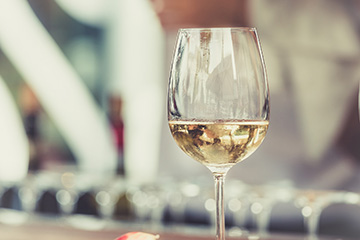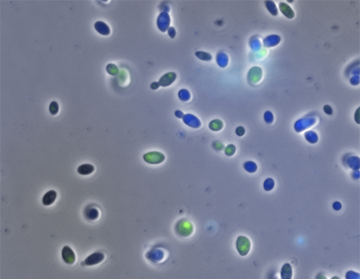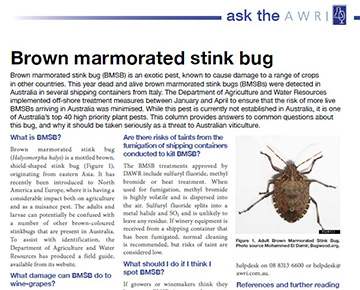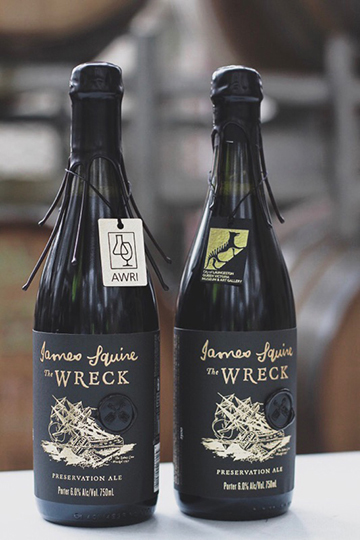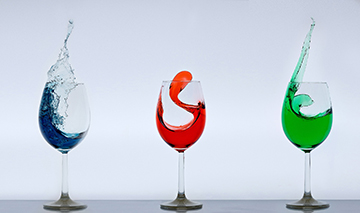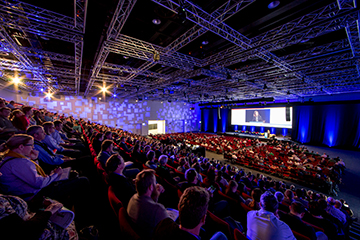- View the 10 most recent AWRI staff publications and order the articles online from the AWRI Library
- Search the staff publications database
- Read the full-text of ‘Technical Notes’ from Technical Review (PDF format)
- Read the full-text of ‘AWRI reports’ published in Wine & Viticulture Journal (PDF format).
- Read the full text of ‘Ask the AWRI’ and ‘Vineyards of the world’ columns
A list of AWRI publications published since the last eNews is included below:
2006 Chen, L., Capone, D., Tondini, F.A., Jeffery, D.W. Chiral polyfunctional thiols and their conjugated precursors upon winemaking with five Vitis vinifera Sauvignon blanc clones. J. Agric. Food Chem. 66 (18): 4674-4682; 2018.
2007 Longbottom, M., Abbott, T. Exploring the links between sustainability and business resilience. Aust. N.Z. Grapegrower Winemaker (652): 28-31; 2018.
2008 Godden, P. Ask the AWRI: Understanding whole-bunch fermentation. Aust. N.Z. Grapegrower Winemaker (652): p. 63; 2018.
2009 Moran, M.A., Bastian, S.E., Petrie, P.R., Sadras, V.O. Late pruning impacts on chemical and sensory attributes of Shiraz wine. Aust. J. Grape Wine Res. DOI: 10.1111/ajgw.12350; 2018.
2010 Cordente, A.G., Solomon, M., Schulkin, A., Francis, I.L., Barker, A., Borneman, A.R., Curtin, C.D. Novel wine yeast with ARO4 and TYR1 mutations that overproduce ‘floral’ aroma compounds 2-phenylethanol and 2-phenyethyl acetate. Appl. Microbiol. Biotechnol. 102 (14): 5977-5988; 2018.
2011 Skewes, M., Petrie, P.R., Liu, S., Whitty, M. Smartphone tools for measuring vine water status. Acta Hortic. 1197: 53-58; 2018.
2012 Dambergs, B., Nordestgaard, S., Jiang, M., Wilkes, E., Petrie, P. Hyperspectral imaging of botrytis in grapes. Wine Vitic. J. 33 (3): 22-24; 2018.
2013 Li, S., Wilkinson, K., Bindon, K., Bastian, S., Ristic, R. Winemaking supplements: what’s inside? Wine Vitic. J. 33 (3): 30-33; 2018.
2014 Varela, C., Bartel, C., Borneman, A., Herderich, M., Johnson, D. Brettanomyces yeasts still have potential to give wine producers a headache. Wine Vitic. J. 33 (3): 36-38; 2018.
2015 Dry, P. Gruener veltliner. Wine Vitic. J. 33 (3): p. 55; 2018.
2016 Longbottom, M. Ask the AWRI: Brown marmorated stink bug. Aust. N.Z. Grapegrower Winemaker (653): p. 53; 2018.
2017 Taylor, A., Barlow, N., Day, M.P., Hill, S., Maring, N., Patriarca, M. Atomic spectrometry update: review of advances in the analysis of clinical and biological materials, foods and beverages. J. Anal. At. Spectrom. 33 (3): 338-382; 2018.
2018 Coulter, A. Ask the AWRI: Lightstruck character. Aust. N.Z. Grapegrower Winemaker (654): 76-77; 2018.
2019 Bellon, J.R., Ford, C.M., Borneman, A.R., Chambers, P.J. Improved industrial interspecific wine yeasts using chromosomal mutations as potential makers for increased fitness. Front. Microbiol. 9 (1442): 1-12; 2018.
2020 Liu, S., Li, X., Wu, H., Xin, B., Petrie, P.R., Whitty, M. A robust automated flower estimation system for grape vines. Biosystems Eng. 172: 110-123; 2018.
2021 McRae, J.M., Teng, B., Bindon, K. Factors influencing red wine color from the grape to the glass. Ref. Mod. Food Sci. DOI: 10.1016/B978-0-08-100596-5.21655-7; 2018.
2022 McRae, J.M., Barricklow, V., Pocock, K.F., Smith, P.A. Predicting protein haze formation in white wines. Aust. J. Grape Wine Res. DOI: 10.1111/ajgw.12354; 2018.


